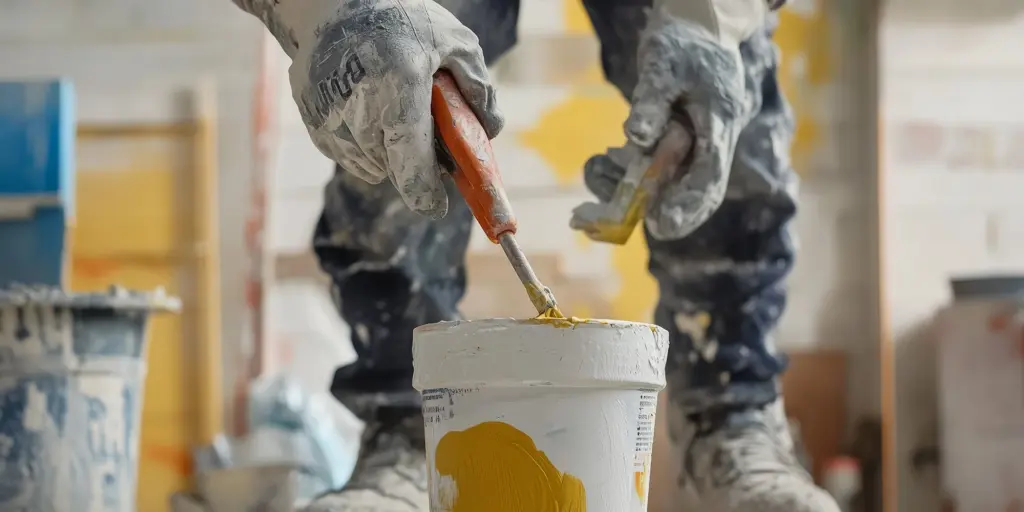Our client, a major player in the construction industry, was facing a growing environmental challenge. The packaging used for one of their key products was generating significant landfill waste, raising concerns among stakeholders and customers alike. While replacing or eliminating the packaging seemed like a straightforward solution, it quickly became evident that such changes could negatively impact usability and customer satisfaction. The challenge was clear, find a way to minimise waste while maintaining product functionality and user experience.
To tackle this issue, the client partnered with 42 Technology to explore innovative, sustainable packaging solutions that would not only reduce landfill waste but also improve the overall product experience. The goal was to take a holistic approach, analysing the full product journey from manufacture to disposal, identifying pain points, and delivering practical, cost-effective solutions.
The challenge: balancing sustainability with usability
Sustainability in packaging often comes with trade-offs, and in this case, the client needed a solution that addressed multiple concerns:
- Reducing landfill waste – Finding alternatives to the current packaging that would significantly lower environmental impact.
- Maintaining user experience – Ensuring that any changes did not negatively affect usability or efficiency on-site.
- Stakeholder alignment – Addressing concerns from various groups, including installers, suppliers, and regulators.
- Cost considerations – Delivering solutions that were not only effective but also financially viable.
With these challenges in mind, 42 Technology set out to conduct an in-depth study of the product’s lifecycle and explore innovative ways to drive sustainability without compromising performance.
Understanding the real-world use of the product was essential to developing viable solutions.
What we did
42 Technology initiated an ethnographic research study, visiting construction sites to observe and interview installers, suppliers, and other key stakeholders.
By capturing insights into how the packaging was used, disposed of, and perceived, the team was able to identify critical areas for improvement.
Following the research phase, the team facilitated ideation workshops, bringing together experts in design, engineering, and sustainability to generate innovative solutions. Concepts were sketched, tested, and refined, with each iteration evaluated based on its potential impact on usability, cost, and sustainability.
A life cycle assessment (LCA) was then conducted to measure the environmental impact of different design routes. This helped quantify potential reductions in packaging-related CO2 emissions and identify the most effective options for long-term implementation.
“Our client acknowledged the high level of the team’s expertise on the project and a deep level of detail in our work. They added that deliverables exactly met expectations agreed at the beginning of the project. They added that they were given a clear market perspective and a field for further thinking with clear ways to move forward.”
Results for our client
The collaboration resulted in three realistic, near-term solutions that aligned with the client’s sustainability goals while improving product usability.
These solutions:
- Reduced packaging-related CO2 emissions by 35–50%.
- Lowered overall costs by 6–8%.
- Significantly reduced landfill waste, making disposal easier and more environmentally friendly.
Beyond the measurable benefits, the project provided the client with a much deeper understanding of how their product interacted with various stakeholders, helping them make more informed strategic decisions moving forward.
Why 42 Technology? A partnership built on insight and expertise
Throughout the project, the client appreciated 42 Technology’s ability to provide an unbiased, fresh perspective. By combining ethnographic research with technical expertise, we were able to uncover insights that may have otherwise been overlooked. The collaborative nature of the engagement ensured that all voices were heard, leading to well-rounded, effective solutions.
In the end, this case study serves as a strong example of how sustainability and innovation can go hand in hand. By taking a structured, user-focused approach, 42 Technology helped the client transform an urgent environmental challenge into a strategic opportunity, one that not only reduced waste but also strengthened their market position as a leader in sustainable construction solutions.

